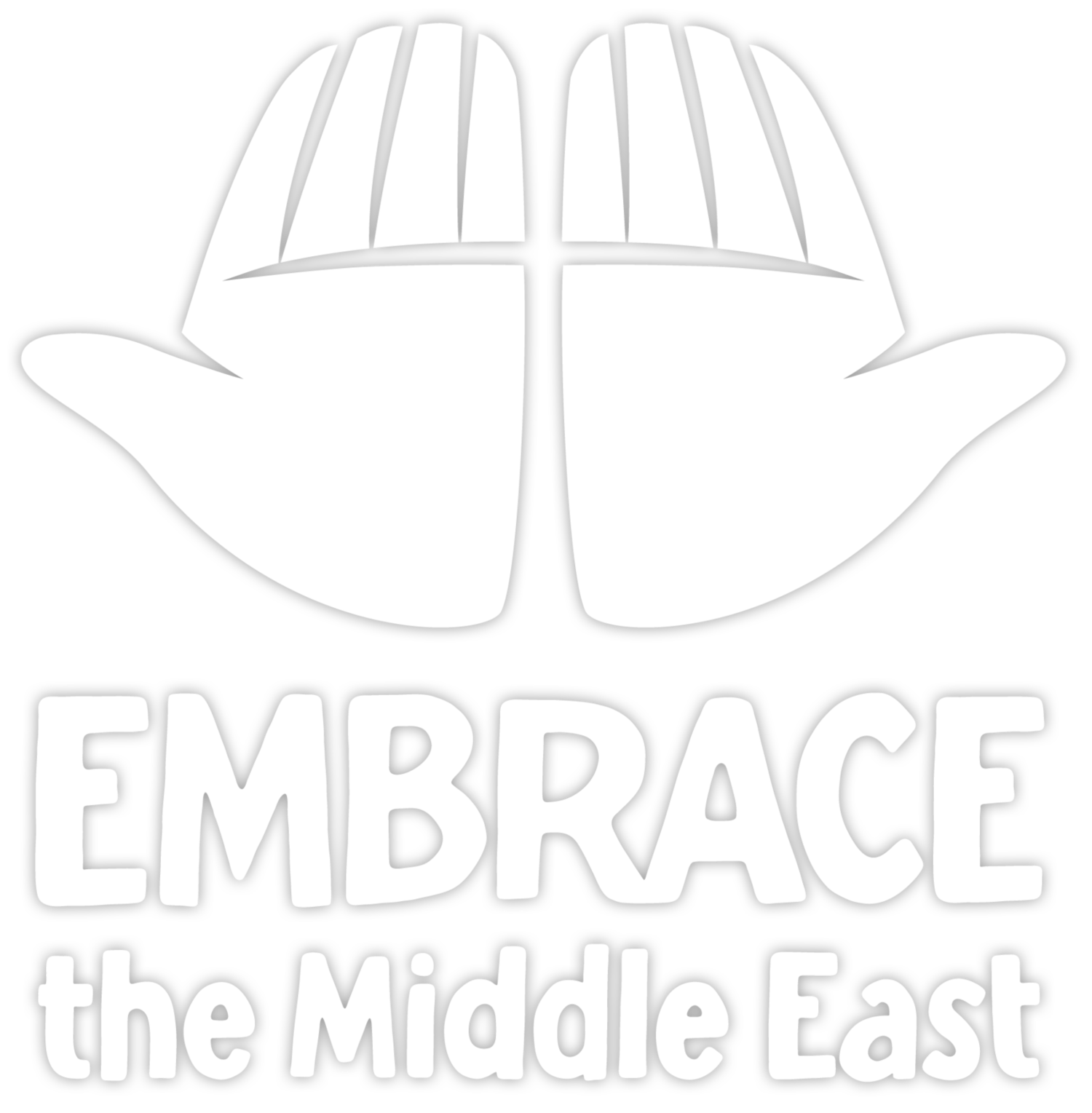St Maron and the Maronite Church
The Maronite Church is the largest Christian community in Lebanon. It takes its name from St Maron, but who was he and why are the Maronites named after him?
19th-century depiction of St Maron, artist unknown. (Credit: Dawoud al Qorm, Wikimedia)
Who was St Maron?
St Maron (or Maroun) was a 4th century monk from Syria. Little is known about him, but he is believed to have studied at the School of Antioch (one of the two early Christian centres of teaching) and later became a hermit in the Taurus mountains.
He led an ascetic life of prayer and contemplation in the open air, believing that the presence of God could be found in everything.
The miracles of St Maron
He gained a reputation for being able to heal both physical and mental illnesses. St Theodoret, a 5th century Christian writer, mentions St Maron and his miracle-working in his ‘History of the Monks in Syria’:
“The Magnificent one gave in abundance the gift of healing with the result that Maron's fame circulated everywhere... One could see fevers quenched by the dew of his Blessing, shivering quieted, demons put to flight and various diseases of every kind cured by a remedy.”
The Maronite movement
St Maron’s ascetic lifestyle, and the stories of his miraculous healings, inspired many in the area and helped to spread Christianity in the region. As St Theodoret put it:
“He cured not only infirmities of the body but applied suitable treatment to souls as well, healing this man's greed, that man's anger, to this man a teaching of self-control and to that man providing lessons in Justice, correcting this man's intemperance and shaking up another man's sloth. Applying this mode of cultivation, he produced many plants of wisdom and it is he who planted for God the garden that now flourishes in the region of Cyrrhus.”
Statue of St Maron, Rome (Credit: Marco Augusto Dueñas Cepas, Wikimedia)
His most famous follower, Abraham of Cyrrhus, is known as the ‘Apostle of Lebanon’. He and other followers of Maron set up communities in the mountains of Lebanon, where they also converted the local population.
Today the Maronite Church is one of the six Eastern branches of the Catholic church. Although always in communion with Rome, for many centuries, the Maronite community lived in the seclusion of the Lebanese mountains, largely cut off from both Rome and all other branches of the church. This meant it developed independently, giving it its unique character.
Although still concentrated in Lebanon, Maronite churches can also be found in America, Australia and Canada, as well as other parts of the Middle East.
Veneration of St Maron
St Maron is often depicted in a black monk’s habit and holding a crosier. An 18ft marble statue of St Maron can be found outside St Peter’s Basilica in Rome.
His Feast Day is on 9th February, when Maronites across the world celebrate with a special solemn mass.



